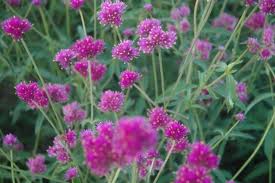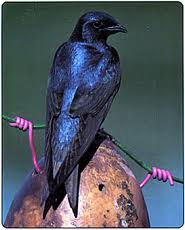Mixed containers of annuals are a great way to brighten up your front porch, deck, patio, or pool area. They are a great way to garden in a small space.
When planning a mixed container, there are a few key items to keep in mind.
1. Know your conditions. Like any garden, be aware of the sun/shade and wind exposure for your pots. Put plants with similar requirements together. Full-sun loving pentas, lantana, petunias, won’t do well on a shady porch. Stick to begonias, New Guinea impatiens, torenia, or coleus. Likewise, impatiens, and fuchsia will not be happy on a deck in the full sun.
impatiens, torenia, or coleus. Likewise, impatiens, and fuchsia will not be happy on a deck in the full sun.
2. Growth habit. Plant aggressive sweet potato vines with similarly aggressive petunias, or ‘Snow Princess’ lobularia. Well-behaved pentas, pairs nicely with centradenia or callibrachoa.
3. Design. The phrase “thriller, filler and spiller” came into existence several years ago and is a good place to start. Use something tall, a “thriller” for the center or back of the container like an ornamental grass, verbena bonariensis, guara, or coleus. Alternate a few “fillers”, upright, flowering plants or those with ornamental foliage like a double begonia, geranium, pentas, angelonia, bidens, zinnia, or salvia with “spillers”. A “spiller” is a trailer to cascade over the edge of the pot like vinca vine, callibrachoa, petunias, sweet potato vine, alternanthera, bacopa or torenia. (Photo courtesy of Proven Winners- "thriller" grass with complementary green and purple foliage)
4. Color. Monochromatic baskets of all white flowers of different textures, or varying shades of purple, etc can be very effective, but I have found the most eye-catching containers have some contrast. Colors opposite each other on the color wheel, are called complementary colors. For example, orange impatiens and blue lobelia are a nice combination. Purple verbena mixed with yellow bidens will really stand out.
5. Think about edibles. Mix herbs or vegetables with flowers. Red leaf lettuce planted with white flowers like angelonia makes a nice combination. Red and yellow-stemed Swiss chard planted with celosia and purple millet is a real eye-catcher. Parsley or dill combined with daisies or pentas, will keep you and the butterflies happy.
6. Fertilizer. Unlike in the ground, your plants won’t be getting nutrients from the soil unless you fertilize them. Time-release granules as well as a mild liquid feed of a balanced fertilizer given every other watering should keep them blooming and healthy throughout the summer.
7. Don’t be afraid to give things a haircut. If your plants are out of balance, or looking peaked in the heat of the summer, a little pruning will rejuvenate most things.
Try something new this summer with your containers. Have a little fun, these small gardens can are a great place to experiment.

 n Asian data, it is suggested that soft fruits like tomatoes, peaches, plums, strawberries and the like will be damaged by their piercing mouth parts. Peppers were also on one list I saw. While proof reading this my wife added that she saw the most damage on lima beans in our garden. Stings on the pods caused hard black spots on the beans rendering them unusable.
n Asian data, it is suggested that soft fruits like tomatoes, peaches, plums, strawberries and the like will be damaged by their piercing mouth parts. Peppers were also on one list I saw. While proof reading this my wife added that she saw the most damage on lima beans in our garden. Stings on the pods caused hard black spots on the beans rendering them unusable. end, who knows my penchant to get in the car and go, asked me what I was up to. Before I could answer, he spotted my hands and told me that it was obvious.
end, who knows my penchant to get in the car and go, asked me what I was up to. Before I could answer, he spotted my hands and told me that it was obvious.